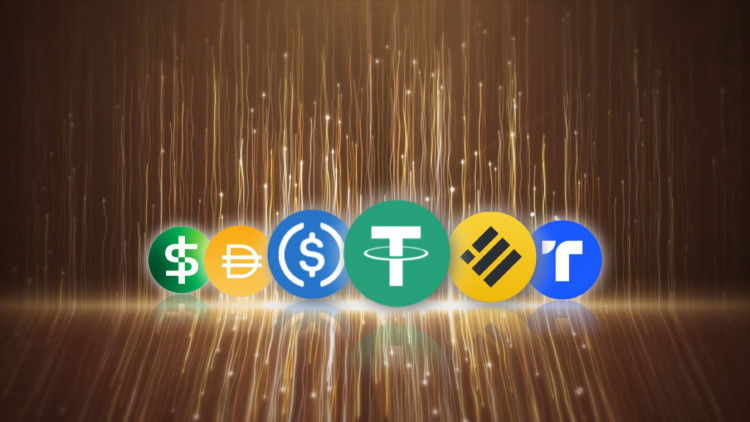According to a report released by the Financial Stability Board, an international organization tasked with monitoring the global financial system and supported by central banks and finance ministries worldwide, the Committee on Payment and Market Infrastructures, an international body that establishes standards for the sector, has stated that it wants to further investigate the case for cryptos that seek to maintain the value against the fiat in the coming months.
The FSB reported that the CPMI "is considering whether and how the use of well-designed and risk-managed SAs [stablecoin arrangements] could enhance cross-border payments by addressing existing frictions," with results expected to be concluded by the end of this year.
"As the stablecoin sector is evolving rapidly with potential to have an impact at global scale, close attention will be required around risk management," The report added.
The FSB stated last year that it wants to have credited cross-border payments available within an hour and with processing costs under 1% by 2027, and it is presently looking into a range of options for getting there.
Before a meeting of finance ministers on Wednesday, the FSB, which is supported by the Bank for International Settlements (BIS) and presided over by Klaas Knot of the Dutch Central Bank, is scheduled to announce its plans to establish the global crypto rulebook, including stricter standards for stablecoins.
The current high cost and unpredictability of conducting cross-border payments, such as assisting migrant workers in sending remittances home, have been noted by supporters of stablecoins such as libra, later renamed diem, and then abandoned, as a strong argument.
However, some people have been more dubious, especially after the high-profile collapse.
Others, however, have expressed greater skepticism, particularly in the aftermath of the prominent collapse of the algorithmic stablecoin terraUSD earlier this year. More dubious, an August assessment from the European Central Bank claimed that bitcoin and stablecoins were among the worst possibilities for cost-cutting, expressing worries about the monopolistic market power of privately managed solutions.
Cryptocurrencies known as stablecoins have their value anchored to another coin, good, or financial instrument. Stablecoins aim to offer a substitute for the most widely used cryptocurrencies' significant volatility, such as Bitcoin (BTC), which has made crypto investments less appropriate for everyday transactions.
Stablecoins make an effort to link their market value to an outside standard, typically a fiat currency. They function better as a means of exchange than more volatile cryptocurrencies. Stablecoins can be linked to the price of gold or another commodity, such as the U.S. dollar, or they can utilize an algorithm to regulate production. Additionally, they keep reserve assets on hand through the use of algorithmic supply-controlling methods or as collateral.






